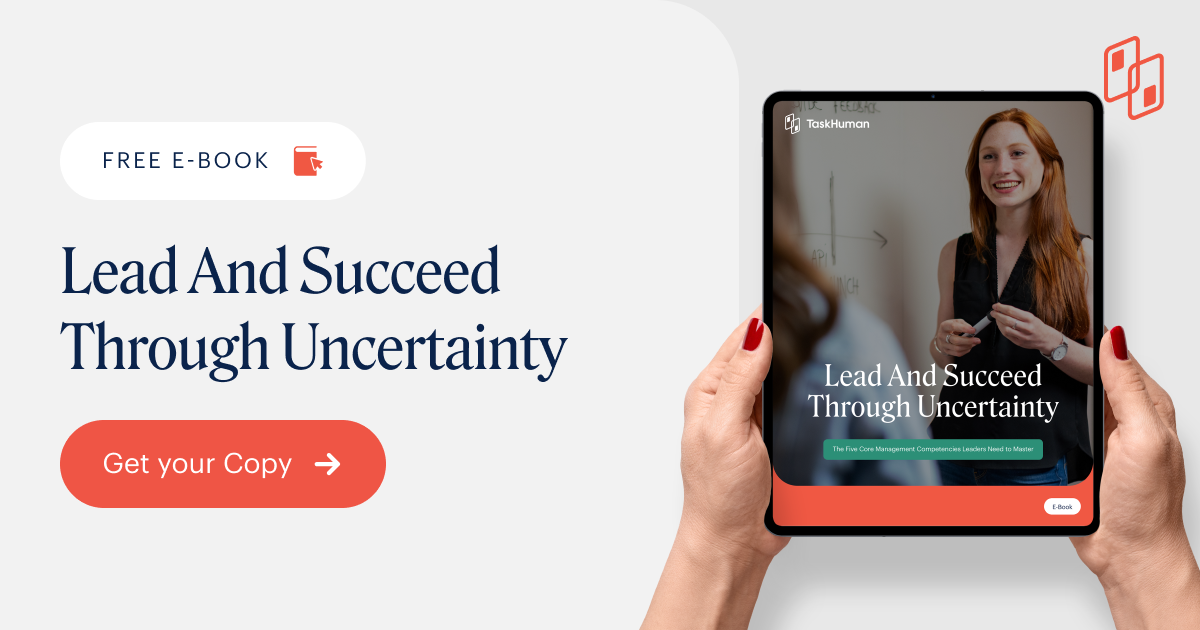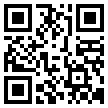March 30, 2023
4 Competencies of Holistic Leadership Development

Leadership development is a lifelong process of growing. Teams are demanding that leaders wear many hats in the evolution of the workplace. Companies judge leaders by how well they deliver on assigned objectives. And the way leaders inspire, and equip their teams ensures their ability to meet those objectives. Leaders are getting better results with the carrot approach that offers employees the thing they’ve been wanting all along— the chance for someone to pour into them and attentively help them develop their capabilities. Teams led by dynamically responsive and emotionally invested leaders are performing well, even in today’s unpredictable and challenging market.
Leaders are using more than just one method to grow team capabilities and commitment and determination. These approaches when used in combination with one another can achieve higher levels of productivity and long-term organizational fitness than one standalone tactic. Organizational fitness can be felt throughout the organization, all the way down to the customer base.
Learn the nuances between each holistic leadership competency so you can begin to intentionally activate more areas of developing talent and build a more comprehensive approach.
4 Competencies of Holistic Leadership
Coaching
What it is:
Helping employees increase specific skills and overcome specific challenges.
What it looks like:
Frequent communication about the employee’s goals.
- Addressing specific areas of weakness.
- Helping employees understand and leverage their strengths.
- Makes recommendations about educational sources to gain traction in a specific competency. (books, on and off-site activities)
- Progress church-ins to note goal progress and identify challenges and barriers.
- Can be short-term and highly specific. I.E. addressing one issue like time management or speaking.
Mentoring
What it is:
Sharing knowledge, skills, and experience with employees to help them progress professionally.
What it looks like:
- Mentor shares more about their own experiences and learning journey to save employee time spent in trial and error.
- The mentor makes recommendations about training resources and also assists in activating these resources.
- They make introductions to other personnel and set up meetings for the employee.
- Usually longer term (10 to 12 months)
- Encompasses a broad range of skills and experience

Training
What it is:
Deliberate transfer of professional competencies and skills that are role and task-specific.
What it looks like:
- Training happens in session format with a defined start and end point.
- More often the focus is on tactical execution and proficiency.
- Training sessions can be led by lateral team members or senior team members.
- Training sessions can be a great way to inject autonomy and confidence into a team while advancing their skills. (Employees that are really good at a specific skill can train other members.)
- Often includes hands-on practice during normal business operations.
Sponsoring
What it is:
Working to promote the employee to hiring personnel with the goal of advancing the employee into a role with increased responsibility and authority.
What it looks like:
- Actively endorsing an employee for open promotions.
- Voicing the employee’s readiness to accept a leadership position.
- Inviting the employee to participate in a leadership opportunity such as a special committee or planning meeting.
Divide And Conquer
While leaders are doing some of the legwork as a partner in their team’s development mix, it’s unrealistic that leaders would carry out each step on their own. Bringing in help in some facets can help them to scale the support and still provide the individual attention that gets such quick ROI.
Read more: The Top 5 Business Benefits of Leadership Coaching
Outside Coaching
Coaching is one area where leaders are leveraging technology and outside expertise to make sure their teams get enough time and access to their coach. Many companies lack depth in terms of available and qualified coaches. TaskHuman’s mobile coaching platform helps team members connect with a coach on their own schedule and even on demand, so there’s nothing standing in the way of workers getting personal attention. The content of coaching sessions can be as specific or as broad as needed to achieve individual goals, so when leaders bring this in, they’re bringing a solution that serves a diverse group of people without having to be that person for each member of their team.
Mentor Program Facilitating
More mentorship programs would succeed if the administrative work behind it actually got done. But HR teams have so much on their plate, that these programs can sometimes fail to launch or fail to produce fruitful mentor/mentee relationships. Leaders can effectively add mentoring to their team’s development mix by bringing in outside support to execute back-end tasks like matching employees, checking progress, and addressing issues. Leaders keep their eyes on the team’s objectives and rest easy knowing they’ve put thorough support in place for employees to execute their respective goals (win for the leader) and progress employees’ careers. (win for the employee)
In closing
Leaders can succeed by offering a buffet of employee development resources that together produce a dramatic increase in productivity and morale.

More to come. Join our Monthly Digest!
Newsletter Signup
Stay on top of the latest HR resources, news, and events. It’s a community where like-minded HR leaders looking to transform their company’s overall well-being.





